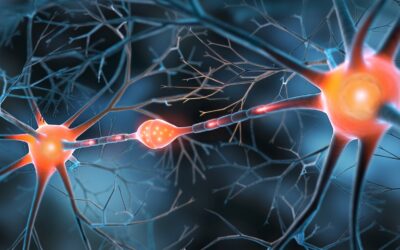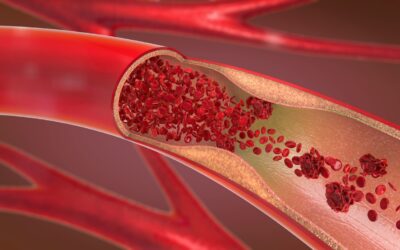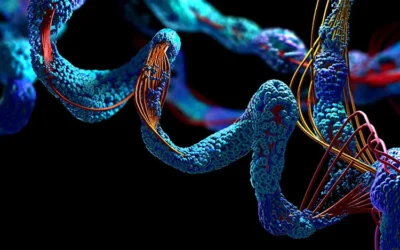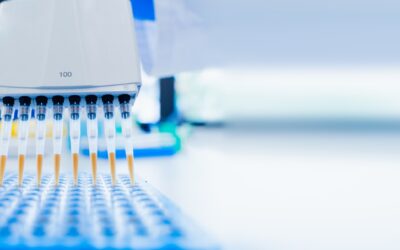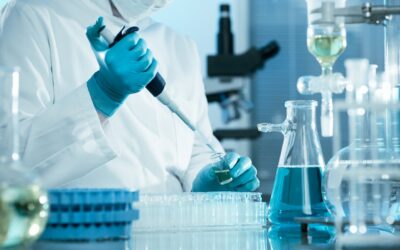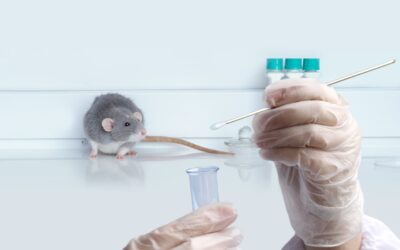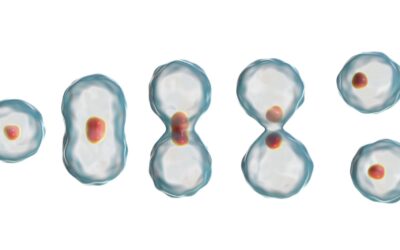Pinealon Peptide: Research on Neuroprotection, Cell Vitality, and Cellular Age-Related Processes
Pinealon is a tripeptide composed of three amino acids: L-glutamic acid, L-aspartic acid, and L-arginine (Glu-Asp-Arg)(1), categorized as a synthetic peptide bioregulator due to its potential to interact with DNA and modulate gene expression. It has been associated...
Vesugen Peptide Research: Cellular Aging and Metabolic Regulation
Vesugen, also known as KED, is a tripeptide bioregulator first identified by Russian scientist Vladimir Khavinson. It is derived from a specific sequence of amino acids—lysine, glutamic acid, and aspartic acid—associated with vascular wall proteins.(1) This peptide...
Pancragen Peptide: Cellular, Metabolic, and Pancreatic Implications
Pancragen is a tetrapeptide composed of the amino acid sequence Lys-Glu-Asp-Trp (KEDW).(1) It is a synthetic analog derived from a peptide originally isolated from bovine pancreatic cells and has been identified as a potential peptide bioregulator with implications...
CJC-1295 DAC Peptide and Hormonal Regulation
CJC-1295 DAC is a peptide hypothesized to mimic the function of growth hormone-releasing hormone (GHRH), potentially enhancing endogenous growth hormone (GH) production. This peptide is a synthetic analog of GHRH, composed of 29 amino acids.(1) Notably, CJC-1295 DAC...
Exploring KPV Peptide and Inflammation
Alpha melanocyte-stimulating hormone (α-MSH), also known as melanotropin, is an endogenous peptide hormone consisting of 13 amino acids. This hormone is considered to play a role in metabolic functions and other biological processes. Researchers isolated a fragment of...
Studies on Retatrutide Peptide and Metabolic Processing
Retatrutide, designated as LY3437943, is a synthetic peptide identified as a triple receptor agonist, consisting of 39 amino acids.(1) Designed as an analog of gastric inhibitory polypeptide (GIP), researchers report that this compound exhibits affinity towards the...
Research Advances in ABP-7 Peptide and Tissue Repair
ABP-7 (actin binding peptide-7) is a heptapeptide consisting of the amino acid sequence Acetyl-LKKTETQ(1). Identified as an N-acylated fragment of the larger molecule Thymosin Beta 4, ABP-7 is also referred to as the TB-500 Fragment. Research suggests that this...
Semaglutide Research Advances in Cardioprotection, Neurobiology, and Appetite Suppression
Research suggests that Semaglutide peptide may harness the potential of the naturally occurring glucagon-like peptide-1 (GLP-1), which is why this peptide has emerged as a pivotal compound within the realm of peptide research. GLP-1, a concise peptide hormone spanning...
PEG-MGF Peptide Research in Tissue Repair and Cell Regeneration
Insulin-like growth factor I (IGF-1) is considered to act as a crucial regulator in the mechanisms of physiological growth, primarily synthesized in response to stimulation by growth hormone. Among its notable variants, Mechano Growth Factor (MGF) emerges as a...
